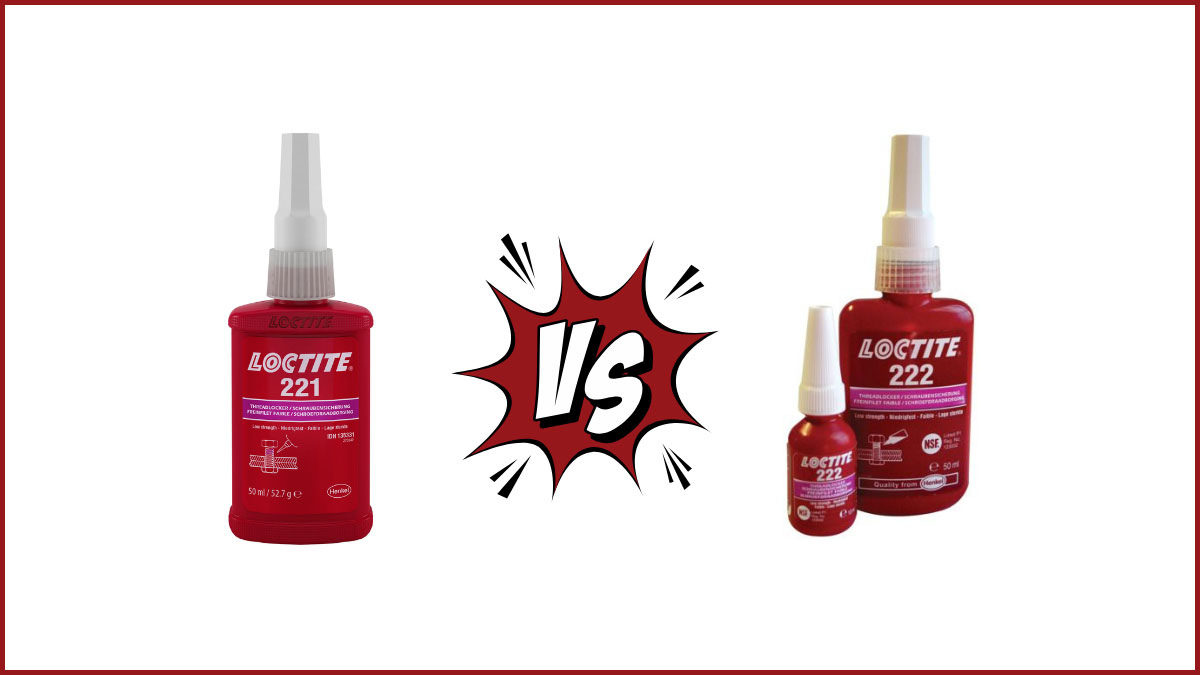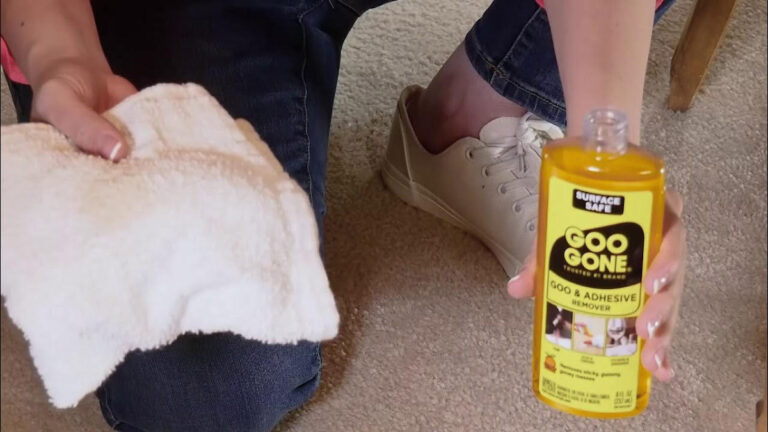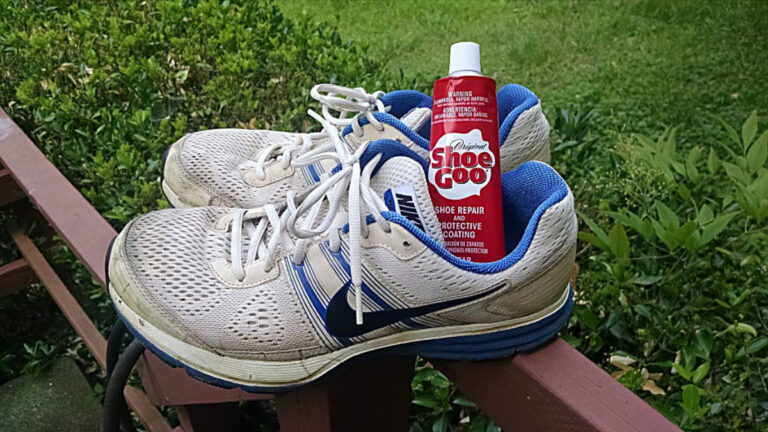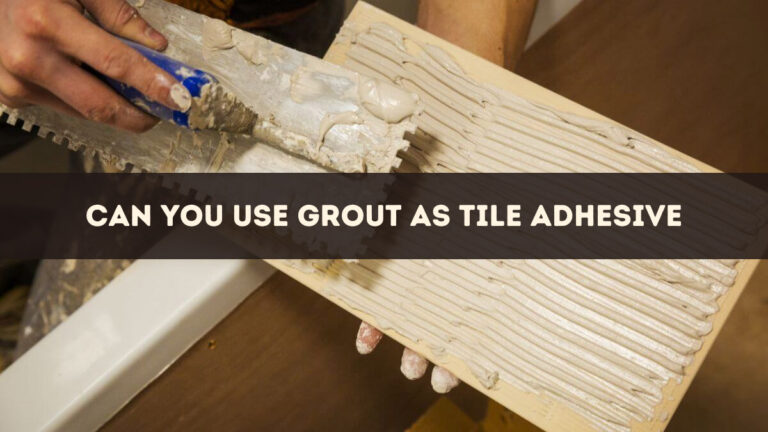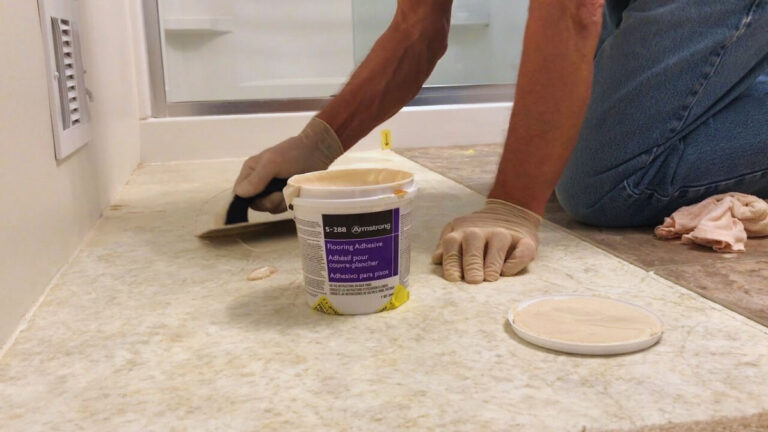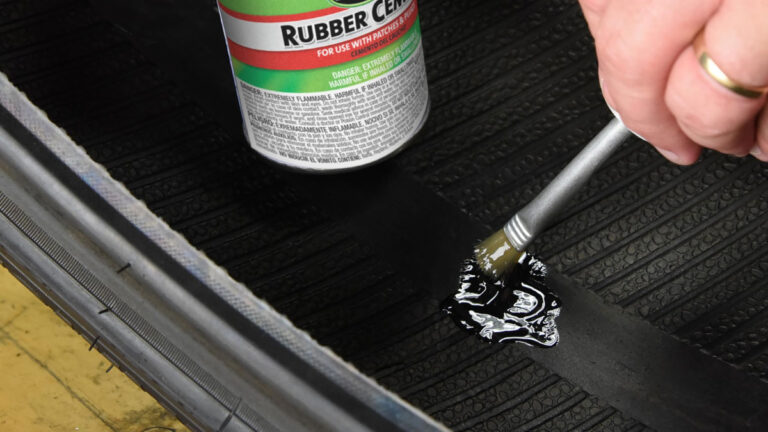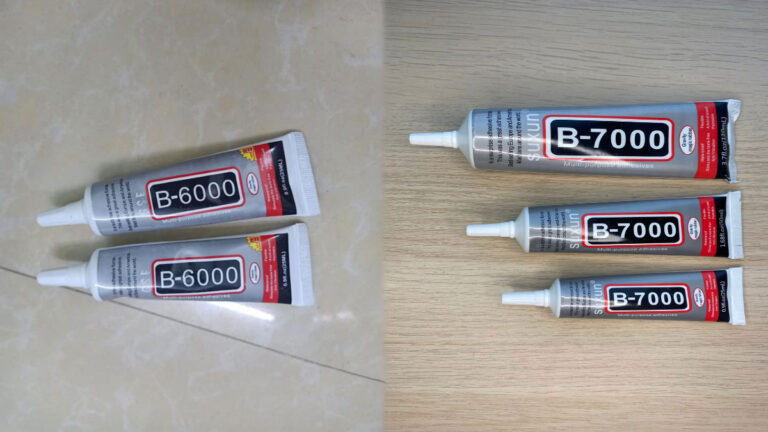Loctite 221 vs 222: Key Differences Explained
When you’re working on a project that requires threadlocking, choosing the right product can make all the difference. Loctite 221 and 222 are two popular options, but how do you know which one suits your needs best? Both are designed to prevent loosening from vibration and leakage, but they have distinct characteristics that set them apart.
In this text, we’ll break down the key differences between Loctite 221 and 222, so you can make an well-informed choice. Whether you’re dealing with small screws or larger bolts, understanding these products will help ensure your assemblies stay secure and reliable.
Key Takeaways
- Understanding Key Differences: Loctite 221 and 222 are both low-strength threadlockers designed for easy disassembly, but Loctite 221 offers a higher breakaway torque of 8.5 Nm compared to Loctite 222’s 6 Nm.
- Suitable Applications: Both products are ideal for electronics, optical instruments, and light-duty assemblies, with Loctite 221 being better for scenarios requiring a stronger hold, and Loctite 222 excelling in applications needing frequent adjustments.
- Viscosity and Cure Time: Both threadlockers feature low viscosity, suitable for small threads, and take 24 hours to cure fully. However, Loctite 222 has a thixotropic property and faster initial cure time, making it perform quicker in the early stages.
- Market Availability: Loctite 221 is more prevalent in European markets, while Loctite 222 is widely available internationally, making its sourcing potentially easier and more cost-effective on a global scale.
- Storage and Shelf Life: Proper storage between 8°C (46°F) and 21°C (70°F) is crucial for maintaining effectiveness. Both products have a shelf life of one year from the date of shipment, but maintain their properties for up to two years.
Overview Of Loctite 221
Loctite 221 is a low-strength threadlocker ideal for applications requiring frequent disassembly. It provides a reliable bond while allowing for easy removal when necessary.
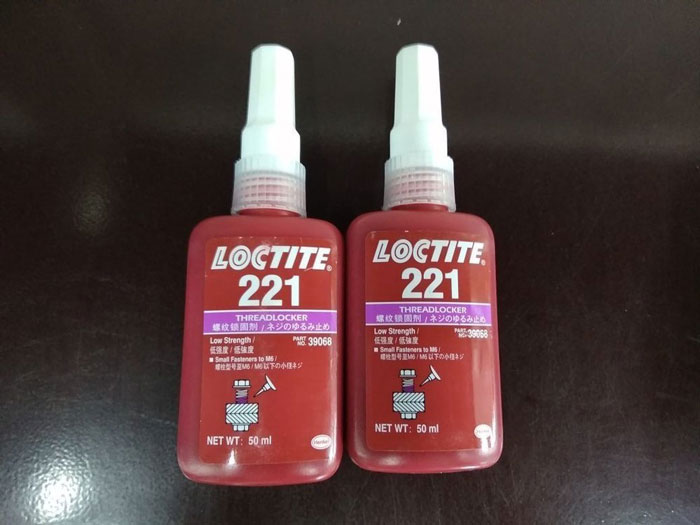
Key Features
- Adhesion Strength: Low strength, suitable for non-crucial applications where disassembly is expected.
- Color: Identified by its purple color.
- Viscosity: Low viscosity, making it ideal for small threads.
- Cure Time: Takes 24 hours to cure fully, with fixture times varying between 20 and 210 minutes depending on the metal surface.
- Breakaway Torque: Provides a breakaway torque of 8.5 Nm.
- Temperature Range: Effective within a temperature range of -55°C to 150°C.
- Chemical Basis: Utilizes a dimethacrylate-based formula.
Common Applications
Loctite 221’s low strength and easy disassembly properties make it suitable for various applications:
- Electronics: Used in securing screws in electronic devices, where components may need frequent adjustments or replacements.
- Optical Instruments: Ensures small screws in precision instruments remain in place but can be adjusted as needed.
- Domestic Appliances: Ideal for use in household items like small appliances and furniture that may require occasional maintenance.
- Light-Duty Assemblies: Applies to situations where threaded parts might require regular taking apart and reassembly.
A comparison of the cure times across various metal surfaces is provided in the table below:
| Metal Surface | Fixture Time (Minutes) |
|---|---|
| Zinc Dichromate | 20 |
| Phosphate Steel | 35 |
| Plain Steel | 60 |
| Stainless Steel | 210 |
When working with Loctite 221, its low strength, low viscosity, and reliable cure times make it an optimal choice for applications requiring frequent disassembly without compromising on bonding performance.
Overview Of Loctite 222
Loctite 222, like its counterpart 221, is a low-strength threadlocker. It ensures easy disassembly and is ideal for applications where frequent adjustments or maintenance are necessary.
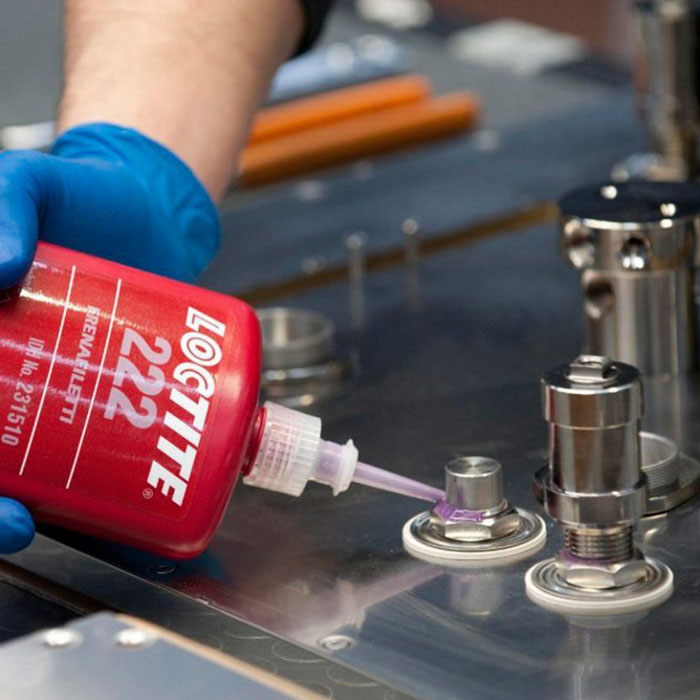
Key Features
-
Breakaway Torque:
- 6 Newton meters (Nm), suitable for low-strength bonding.
-
Viscosity:
- Low viscosity with thixotropic properties, meaning it becomes less viscous under stress.
-
Cure Time:
- 24 hours for full cure.
- Faster initial cure compared to Loctite 221, providing quicker handling strength.
-
Color:
- Purple, for easy identification.
-
Suitable Threads:
- Effective on small threads, ensuring a firm hold while still allowing for easy disassembly.
-
Working Temperature:
- Effective within a range of -55°C to 150°C, performing well in various environmental conditions.
Common Applications
-
Electronics:
- Used in securing small screws in electronic devices to prevent loosening from vibrations.
-
Optical Instruments:
- Keeps screws tight in precision instruments like cameras and microscopes.
-
Domestic Appliances:
- Applied in everyday household items where screws might need periodic adjustments or replacements.
-
Light-duty Assemblies:
- Ideal for applications like securing fasteners in light-duty machinery or equipment.
| Feature | Loctite 221 | Loctite 222 |
|---|---|---|
| Breakaway Torque | 8.5 Nm | 6 Nm |
| Viscosity | Low viscosity | Low viscosity, thixotropic |
| Cure Time | 24 hours | 24 hours, faster initial cure |
| Suitable Threads | Up to M12 | Similar, small threads |
| Working Temperature | -55°C to 150°C | -55°C to 150°C |
| Common Uses | Electronics, optical instruments, domestic appliances | Electronics, optical instruments, domestic appliances |
| Color | Purple | Purple |
Loctite 222 provides secure fastening with the added advantage of easier disassembly. It’s particularly useful for maintenance-heavy applications due to its thixotropic nature and enhanced initial curing speed.
Key Differences Between Loctite 221 And 222
Understanding the differences between Loctite 221 and 222 helps you choose the right product for your specific needs. Both are low-strength threadlockers designed for easy disassembly, but they have unique characteristics that set them apart.
Chemical Composition
Both Loctite 221 and 222 are dimethacrylate-based adhesives, sharing a similar chemical foundation. This means their basic chemical structure focuses on providing strong yet easily reversible bonding properties. There is no significant difference in their chemical formulation.
Strength And Performance
Strength Comparison:
-
Loctite 221:
- Breakaway Torque: 8.5 Nm
-
Loctite 222:
- Breakaway Torque: 6 Nm
Both adhesives perform well for small threads and prevent loosening due to vibration, shock, or thermal expansion. They can be disassembled easily with standard hand tools.
Performance Attributes:
-
Suitable Applications:
- Loctite 221: Ideal for securing screws in electronics, optical instruments, domestic appliances, and light-duty assemblies.
- Loctite 222: Also perfect for electronics and light-duty assemblies, but its slightly lower breakaway torque makes it easier to use where frequent adjustments are needed.
-
Viscosity:
- Both products have low viscosity, making them suitable for small threads.
-
Temperature Range:
- Both Loctite 221 and 222 operate effectively within a temperature range of -55°C to 150°C.
Market Availability:
- Loctite 221: More commonly found in European markets.
- Loctite 222: Prevalent in international markets outside Europe.
| Attribute | Loctite 221 | Loctite 222 |
|---|---|---|
| Chemical Base | Dimethacrylate-based | Dimethacrylate-based |
| Breakaway Torque | 8.5 Nm | 6 Nm |
| Viscosity | Low | Low |
| Suitable Threads | Small | Small |
| Cure Time | 24 hours (varies by metal) | 24 hours (faster initial cure) |
| Temperature Range | -55°C to 150°C | -55°C to 150°C |
| Market Availability | Mostly in Europe | International (outside Europe) |
| Common Applications | Electronics, optical instruments, domestic appliances, light-duty assemblies | Electronics, optical instruments, domestic appliances, light-duty assemblies |
Choosing between Loctite 221 and 222 depends on your specific application needs and market availability. Use Loctite 221 for a slightly stronger hold and Loctite 222 where ease of disassembly is critical.
Choosing Between Loctite 221 And 222
When selecting a suitable threadlocker for your project, Loctite 221 and 222 present viable options with distinct characteristics. Both are designed for applications that require easy disassembly, making them ideal for non-crucial assemblies.
Application Scenarios
Adhesion Strength:
Choosing the right threadlocker depends on the needed adhesion strength. Both products fall under the low-strength category:
- Loctite 221: Offers a breakaway torque of 8.5 Nm, making it suitable for applications requiring a slightly stronger hold.
- Loctite 222: Has a breakaway torque of 6 Nm, designed for lighter assemblies where ease of disassembly is critical.
Cure Time and Viscosity:
Cure time and viscosity are essential factors in determining the efficiency of a threadlocker:
- Cure Time: Both Loctite 221 and 222 take 24 hours to fully cure. But, Loctite 222 shows better performance at the 30-minute mark.
- Viscosity: Loctite 222 is thixotropic, meaning its viscosity increases under pressure. This characteristic helps it stay in place during application, preventing excessive flow.
Cost and Availability
Cost and availability play a crucial role in deciding which threadlocker to select:
- Loctite 221: More commonly found in European markets, potentially influencing its cost due to localized availability.
- Loctite 222: Prevalent internationally, making it easier to source and possibly more cost-effective where global availability is advantageous.
Comparative Table
Here’s a detailed comparison to help you decide:
| Feature | Loctite 221 | Loctite 222 |
|---|---|---|
| Breakaway Torque | 8.5 Nm | 6 Nm |
| Cure Time | 24 hours | 24 hours |
| Early Cure Performance | Moderate | High |
| Viscosity | Normal | Thixotropic |
| Temperature Range | -55°C to 150°C | -55°C to 150°C |
| Common Applications | Electronics, Light-duty assemblies | Electronics, Light-duty assemblies |
- Breakaway Torque: The amount of torque needed to initiate the loosening of the fastener.
- Cure Time: Time required for the threadlocker to fully secure the assembly.
- Thixotropic: Property of certain fluids that become less viscous under shear stress (e.g., shaking or stirring).
When contemplating the choice between Loctite 221 and 222, consider the specific demands of your project. Loctite 221 offers a stronger hold, while Loctite 222 provides superior ease of disassembly with efficient early cure performance.
Shelf Life And Storage
Proper storage and understanding the shelf life of threadlockers like Loctite 221 and 222 are essential for maintaining their effectiveness. Adhering to recommended guidelines ensures optimal performance and longevity for your applications.
Proper Storage Methods
- Temperature Range: Maintain Loctite 221 and 222 between 8°C (46°F) and 21°C (70°F) to preserve their properties. Storage below 8°C (46°F) or above 28°C (82°F) can degrade the product.
- General Storage: Store these threadlockers in a cool environment. Avoid refrigerating them, as refrigeration is not suitable for these products.
Shelf Life Of Loctite 221
- General Shelf Life: Loctite 221’s shelf life is one year from the date of shipment from Henkel facilities, as indicated by the labeling.
- Extended Shelf Life: Even though the one-year certification, Henkel ensures that Loctite 221 maintains bonding strength with no more than a 90% loss, even after two years.
- General Shelf Life: Similar to Loctite 221, Loctite 222 has a certified shelf life of one year from the shipment date marked by the package labeling.
- Extended Shelf Life: Henkel tests guarantee Loctite 222 retains over 90% of its bonding strength after two years, ensuring its reliability.
Proper storage and awareness of the shelf life for Loctite 221 and 222 allow you to maximize their effectiveness in various applications. Always refer to the product labeling for precise dates and adhere to recommended storage guidelines to ensure optimal performance.
Alternatives To Loctite 221 And 222
If you’re looking for alternatives to Loctite 221 and 222, several options provide similar performance characteristics. These alternatives can offer different strengths and properties to meet various application needs.
Equivalent Products
Consider these products if you’re seeking reliable replacements for Loctite 221 and 222:
Permatex Threadlocker Blue 242: Suitable for most threaded assemblies, this product delivers low-strength locking and secure sealing. It allows easy disassembly with standard hand tools and features a breakaway torque similar to Loctite 222.
3M Threadlocker TL42: It’s a medium-strength blue threadlocker suitable for general-purpose applications. This product works on metal-threaded assemblies, provides a breakaway torque comparable to medium-strength threadlockers like Loctite 243 and allows for disassembly with standard hand tools.
Comparison Table
Here’s a quick comparison to help identify the most suitable alternative for your application:
| Product | Breakaway Torque (Nm) | Thread Size | Cure Time | Temperature Range |
|---|---|---|---|---|
| Loctite 221 | 8.5 | Up to M12 | 24 hours | -55°C to 150°C |
| Loctite 222 | 6 | All metal-threaded assemblies | 24 hours+ (faster initial) | -55°C to 150°C |
| Permatex Threadlocker Blue 242 | Similar to 6 | Most threaded assemblies | 24 hours | -54°C to 149°C |
| 3M Threadlocker TL42 | Comparable to medium-strength | Metal-threaded assemblies | 24 hours | -54°C to 149°C |
Key Properties
Define key properties relevant to alternatives:
Breakaway Torque: The torque needed to break the initial bond of the threadlocker.
Thread Size: Refers to the diameter of the threads suitable for each threadlocker.
Cure Time: The total time needed to achieve full strength after application.
Temperature Range: The range within which the threadlocker maintains its performance properties.
By evaluating these alternatives, you can select the right product that meets your specific threading and locking needs, ensuring secure and reliable fastening.
Conclusion
Choosing between Loctite 221 and 222 boils down to your specific project needs. If you need a stronger hold, Loctite 221 is your go-to. For easier disassembly and frequent adjustments, Loctite 222 is ideal. Both products offer reliable performance within the same temperature range and are suitable for small threads. Proper storage ensures their longevity and effectiveness. Also, considering alternatives like Permatex Threadlocker Blue 242 or 3M Threadlocker TL42 can provide similar benefits. Eventually, understanding the unique features of each product will help you make the best choice for your assembly needs.
Frequently Asked Questions
What is the shear strength of Loctite 222?
Loctite 222 is designed with a low strength formula, providing a breakaway torque of 6 Nm. This makes it suitable for small screws and assemblies that may require frequent disassembly.
Is Loctite 222 removable?
Yes, Loctite 222 is a low-strength threadlocker that can be removed with basic hand tools. It is ideal for locking and sealing small fasteners under 6.35 mm (1/4″) in diameter.
Is Loctite 222 anaerobic?
Yes, Loctite 222 is an anaerobic adhesive, which means it cures in the absence of air. It is specifically a low-strength acrylic dimethacrylate anaerobic threadlocker.
How long does Loctite 222 last?
The shelf life of Loctite 222 is one year from the date of shipment. For optimal storage, it should be kept at temperatures between 8°C (46°F) and 21°C (70°F).
What is the weakest Loctite?
The weakest Loctite is the purple threadlocker, designed for small fasteners less than 6mm. It provides low-strength locking, making it ideal for delicate applications like aluminum or low-strength metals.

